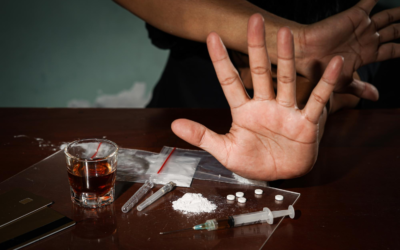Addiction is a family disease that affects not only the person struggling but also their loved ones. Because...
Recovery
read more
Link Between Mental Health and Substance Use Disorder (SUD) – Depression Awareness Month
October is Depression Awareness Month, a critical time to highlight the important connection between mental...
Benefits of Peer Support in Addiction Recovery: The Power of Connection in Sustaining Sobriety
Addiction recovery is never intended to be an individual journey. While personalized and individual...
Overcoming Cocaine Addiction: Strategies for Long-Term Recovery
We understand that cocaine addiction affects both the mind and body in profound ways, making recovery a...
What is Inpatient vs Outpatient: Finding the Right Substance Abuse Treatment
When facing the challenge of overcoming addiction, one of the most crucial decisions you'll make is choosing...
What is Cocaine? Facts, Prevention, and the Path to Recovery
Cocaine has long been a potent and dangerous drug, contributing to significant public health issues around...






